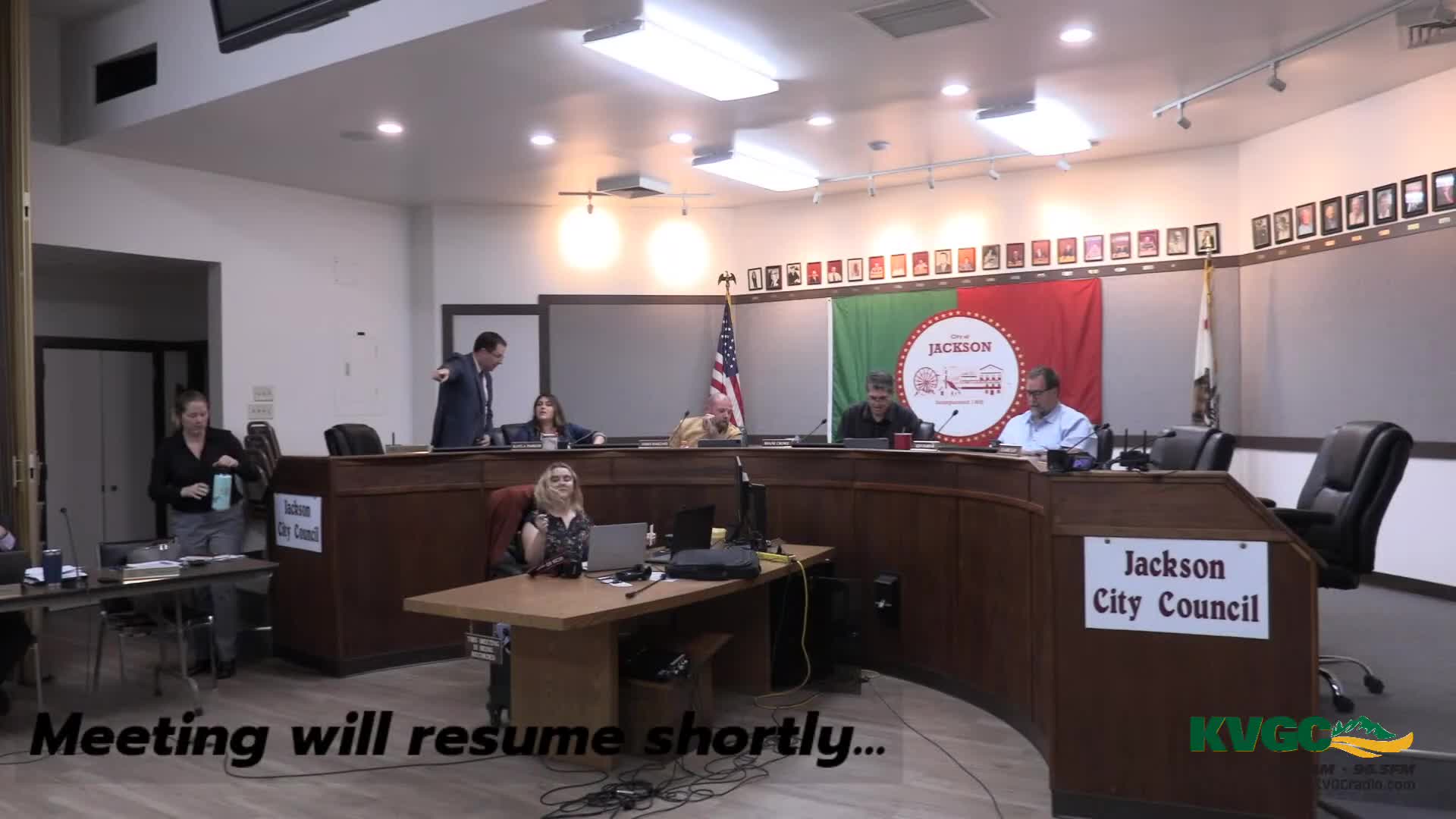Board hears how proposed 7–9 / 10–12 reconfiguration would affect special education, athletics and facilities
October 09, 2025 | Amador County Unified, School Districts, California
This article was created by AI summarizing key points discussed. AI makes mistakes, so for full details and context, please refer to the video of the full meeting. Please report any errors so we can fix them. Report an error »

School leaders and special‑education staff outlined potential benefits and tradeoffs of a 7–8–9 / 10–11–12 reconfiguration that would consolidate upper‑grade students onto a single campus.
Why it matters: The district is evaluating long‑term configuration changes to respond to enrollment trends, program coherence and budget stress. Reconfiguration could expand course options and co‑teaching for students with disabilities, but it would also change athletic rosters, increase travel and require facility work and environmental review.
What presenters said: Dr. Hedegaard told the board a consolidated 10–12 campus could allow more special‑education teachers to be onsite and to form co‑teaching partnerships, reduce travel time for itinerant service providers and expand alternative diploma pathway coursework that currently is constrained by low enrollment at multiple sites.
Athletic directors and principals from both high schools presented team‑level data showing how some sports would gain roster depth while others could see reduced playing opportunities. The presenters said larger combined rosters would support no‑cut and developmental programs (for example, boys volleyball and water polo), but that sports with already large participation — football, baseball, boys soccer and basketball in some years — could face tougher cuts and less playing time for underclassmen.
Facilities and legal issues: A member of the public pointed to the California Environmental Quality Act (CEQA) and a recent court example, urging the board to obtain environmental review of traffic, parking and other secondary effects before merging athletics or changing campus functions. Officials said facilities planning and community input would be central if the board directs further study.
Public comment and next steps: Dozens of parents, coaches and civic leaders spoke for and against consolidation, citing student opportunity, community identity and travel burdens. District staff said they will present a consolidated financial and facilities analysis at an upcoming board meeting; no formal action was taken at this session.
Board members said they want clear, itemized cost estimates and program‑level impact analyses before any vote.
Why it matters: The district is evaluating long‑term configuration changes to respond to enrollment trends, program coherence and budget stress. Reconfiguration could expand course options and co‑teaching for students with disabilities, but it would also change athletic rosters, increase travel and require facility work and environmental review.
What presenters said: Dr. Hedegaard told the board a consolidated 10–12 campus could allow more special‑education teachers to be onsite and to form co‑teaching partnerships, reduce travel time for itinerant service providers and expand alternative diploma pathway coursework that currently is constrained by low enrollment at multiple sites.
Athletic directors and principals from both high schools presented team‑level data showing how some sports would gain roster depth while others could see reduced playing opportunities. The presenters said larger combined rosters would support no‑cut and developmental programs (for example, boys volleyball and water polo), but that sports with already large participation — football, baseball, boys soccer and basketball in some years — could face tougher cuts and less playing time for underclassmen.
Facilities and legal issues: A member of the public pointed to the California Environmental Quality Act (CEQA) and a recent court example, urging the board to obtain environmental review of traffic, parking and other secondary effects before merging athletics or changing campus functions. Officials said facilities planning and community input would be central if the board directs further study.
Public comment and next steps: Dozens of parents, coaches and civic leaders spoke for and against consolidation, citing student opportunity, community identity and travel burdens. District staff said they will present a consolidated financial and facilities analysis at an upcoming board meeting; no formal action was taken at this session.
Board members said they want clear, itemized cost estimates and program‑level impact analyses before any vote.
Don't Miss a Word: See the Full Meeting!
Go beyond summaries. Unlock every video, transcript, and key insight with a Founder Membership.
✓
Get instant access to full meeting videos
✓
Search and clip any phrase from complete transcripts
✓
Receive AI-powered summaries & custom alerts
✓
Enjoy lifetime, unrestricted access to government data
30-day money-back guarantee

